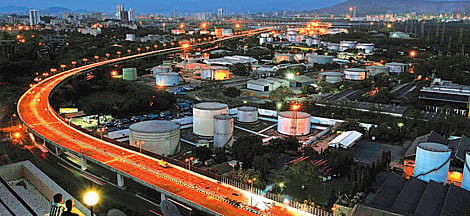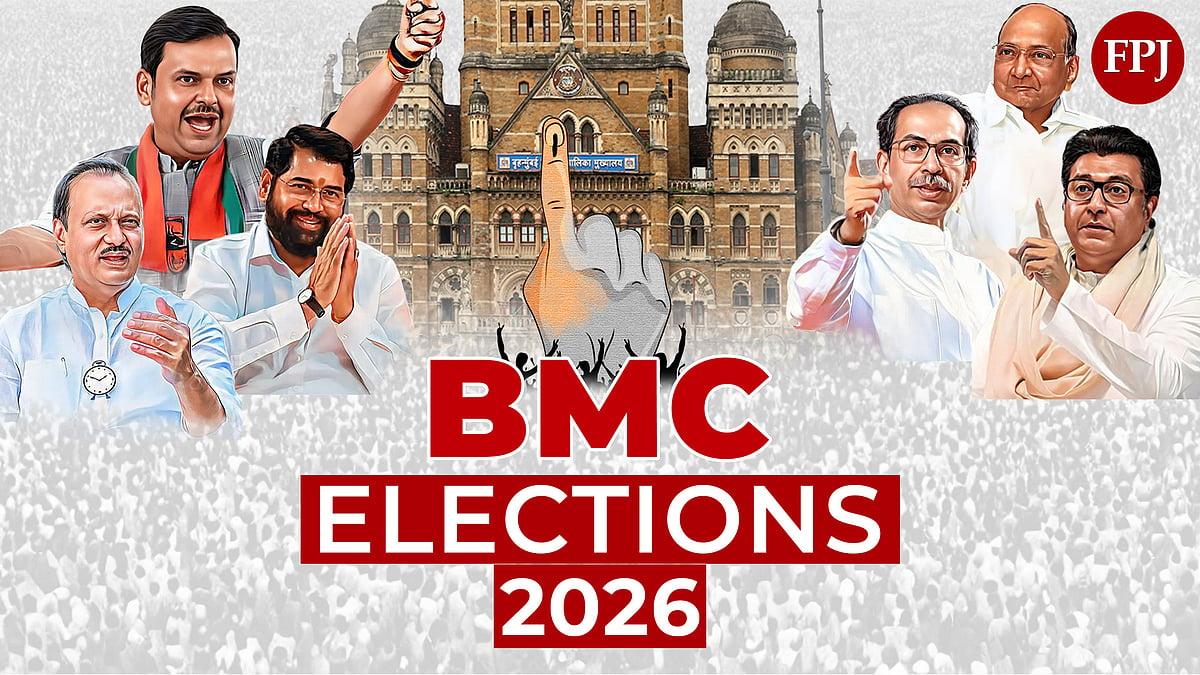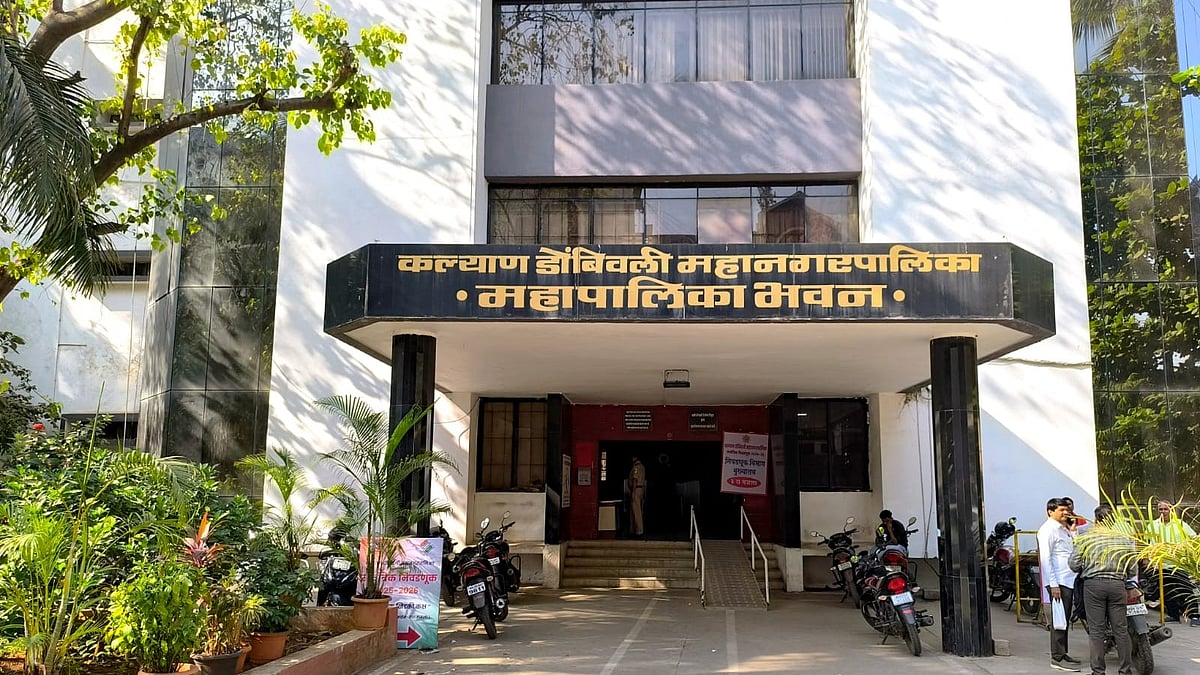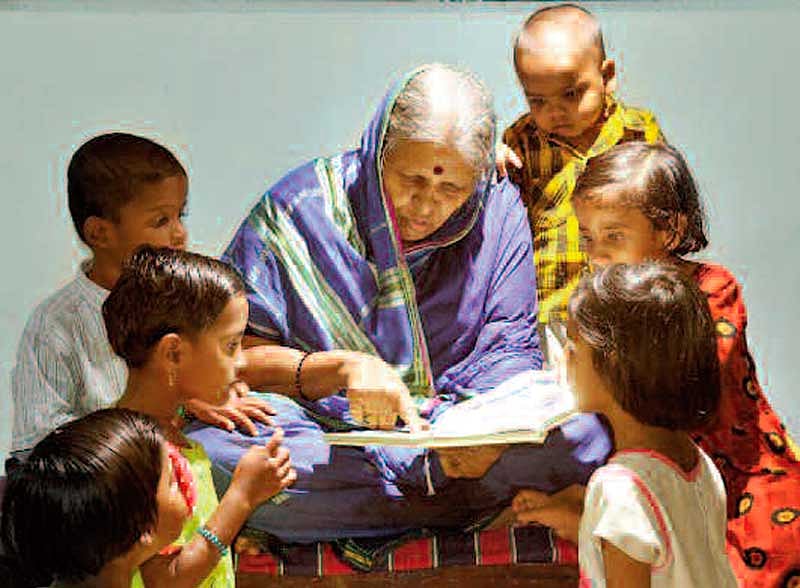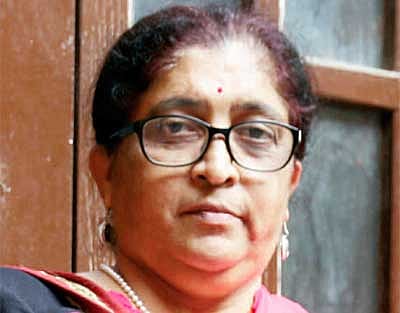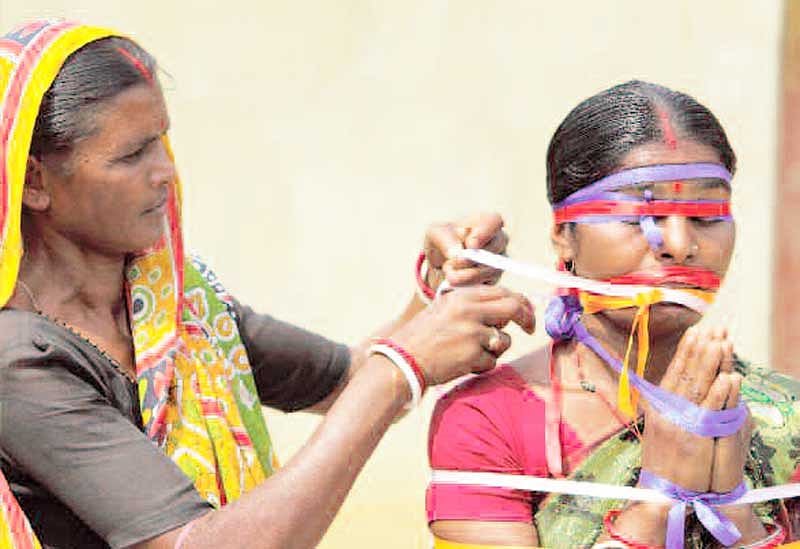Mumbai may be dirty and crowded, but the problems of this city that has 26 billionaires come from growth, not decay, says K RAJ

In the legend of Pandora, after her curiosity gets better of her and she lets all the world’s ills out of the box, she tries to close the box, when a lone small voice calls out to her. “ Let me out as well,” it says. “ I am hope. I will let humanity cope with all the other ills that have now been released in the world.” The story of Mumbai is a bit like that. By all accounts, the city is unlivable. More than half the population lives in shanties. All other civic amenities, be it road length, state of public transport, water supply or sanitation, traffic are in a pathetic condition.
The infrastructure is in a mess. All the signature projects coming on line now – the Eastern Freeway, the Metro rail, the Monorail – should have been in place years, if not decades ago. For most Mumbaikars, just getting to work and returning home safely is akin to running a long- distance race and they have do it every day of every year. In that sense Mumbai’s political masters and town planners have done an extremely shabby job.
Given a choice, no sane person would want to live in city, much less migrate to it.
et Mumbai continues to attract thousands people every week from all parts of the country. What is it that attracts them? It is Hope! The hope that in Mumbai they will get the opportunity to better their lives, the hope in Mumbai, it doesn’t matter who you are, or where you are from, your caste, creed, religion. So long as you are willing to work hard, this city gives you the opportunity to create a better life for yourself.
Writing in 1982, novelist and historian Gillian Tindall in her book, City of Gold: The Biography of Bombay put it very well.
“ Today, Bombay, with a density of population about four times that of modern New ork, probably resembles more nearly, in social and economic ethos, the New ork of a hundred years ago. Certainly it contains grinding mills, both metaphorical and actual, it contains wickedness, ruthlessness and heartlessness. But it is also for many people, including some of the poorest, a place of endeavour, activity, chances, succor, a place to seek your fortune and even find it.
Battered, dirty, over- crowded and choked with exhaust fumes it may be, but it is also a city of dreams.” In 1992, when Penguin Books re- published the volume with a new introduction, she added: “… many of Bombay’s problems are the result not of poverty as such but of the reverse – the city’s relative affluence and attractiveness to economic migrants.” Mumbai, according to Tindall and many others who have gone before and after her, is a city that functions on what she calls the “ crude energy” of market forces and entrepreneurialism. For even as the pessimists talk about how Mumbai is dying, there is no doubt it is a city of hope.
It is this reason that a former petrol pump attendant called Dhirubhai Ambani chose Mumbai over a city from his native Gujarat to set up what eventually became India’s most valuable company – Reliance Industries. It was also this hope that propelled Subhash Chandra, son of a grain merchant from North India to move to Mumbai and establish the Zee group, one of India’s biggest media conglomerates or a former professor from Rajasthan – Desh Bandhu Gupta – migrate to Mumbai and set up Lupin Limited, one of India’s largest pharmaceutical companies.
These gentlemen are just three of the 26 billionaires that have made Mumbai their home, making the city sixth in the world in terms of billionaire count – ahead of even Los Angeles and Shanghai.
Of course, not every migrant to Mumbai has the drive, skills, leadership qualities and business savvy to make it to the list. But what Mumbai does offer every one of its citizens is opportunity. The Portuguese in their wisdom called Mumbai ‘ Bombaim ’ – which is supposed to mean “ good bay” or “ small bay”. Little wonder they gifted it away as dowry to the English when Charles II of England married Catherine of Braganza, daughter of King John IV of Portugal.
But ask any Mumbaikar, late migrant or early migrant – for there are hardly any original settlers in the city, apart from the fisher folk – and they will tell you that the original settlers in the islands that eventually became the city got the name right. The name Mumbai is an eponym, etymologically derived from Mumba or Maha- Amba— the name of the Hindu goddess Mumbadevi— and Aai, ” mother” in Marathi.
Living in this city may not be easy, but the thing about Mumbai is that it not only gets into your blood, it also energises it. That’s why most migrants find it impossible to leave and more keep coming in. For those who have been in born in Mumbai, the connections become far more constricting.
Leaving the city is not an option, at least not for long. One day, after you have explored the world, and it has tried to change you, Mumbai will still be home. Like mother, it is a place to come back to, a city that has nurtured your bones.
